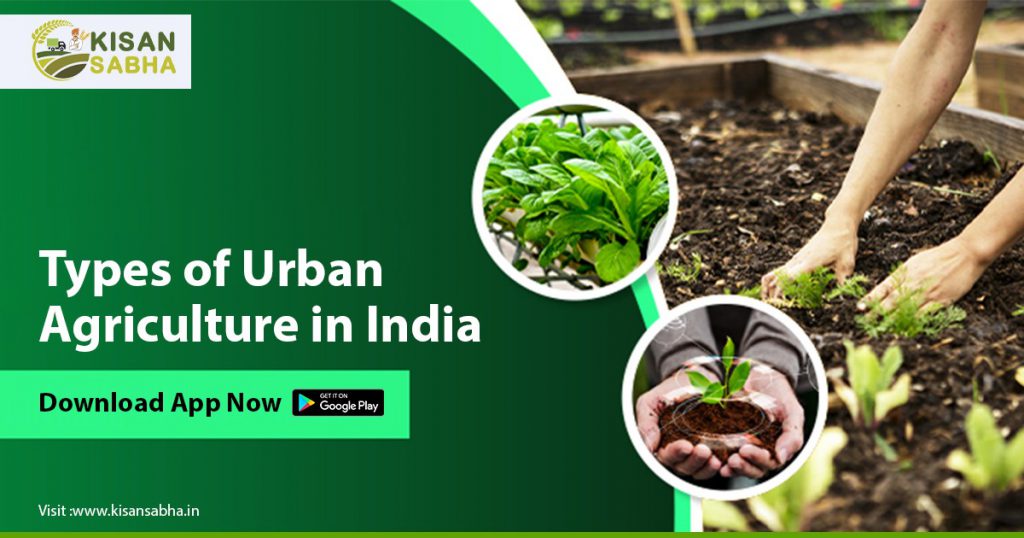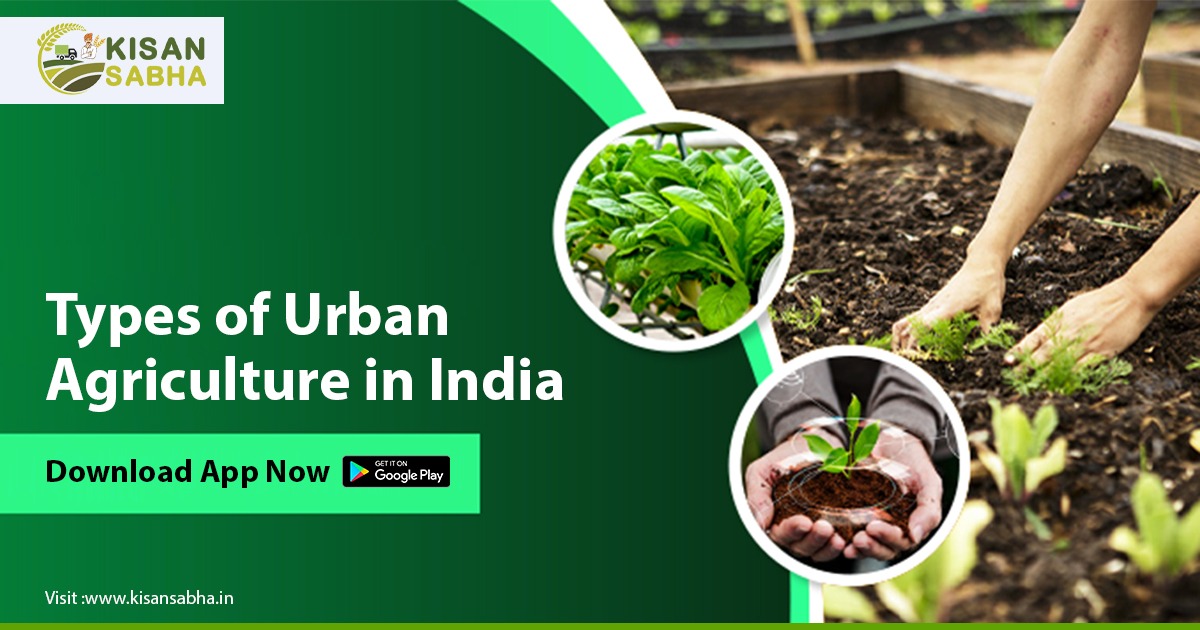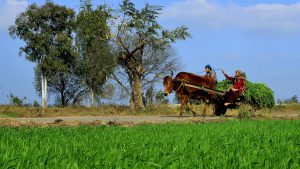Types of Urban Agriculture in India
Urban agriculture reconnects with agribusiness, offers fresh food, and integrates into the ecological system and urban economy. Additionally, it aids a community by enhancing its ability to withstand climate change and creating green space. Urban agriculture encompasses a broad range of activities, from raising fish and poultry to growing a variety of crops like grains, veggies, fruits, and mushrooms. In addition, non-food items like ornamental vegetation and medicinal herbs are grown.
Urban gardening can be a window into societal and economic change. Additionally, urban farmers and gardeners typically labour to grow food. Additionally, urban agriculture protects green space in cities, creating areas where neighbours can relax, foster community harmony, and deepen ties. Agroforestry, livestock husbandry, aquaculture, beekeeping, and horticulture are also included in urban agriculture. Additionally, this gardening is also done in peri-urban regions. Additionally, peri-urban agriculture might exhibit distinct traits. The techniques for urban gardening are as follows.
Types of Urban Agriculture
1. Backyard Gardens
Backyard gardens are the best form of urban agriculture because they enable food production on private land. Food that has been grown is typically shared with family, acquaintances, and neighbours. Additionally, this organic food can get preserved and saved. Because neighbours can share backyards and use various farming techniques to produce excellent yields, backyard gardens are advantageous to communities.
2. Tactical Gardens
It entails making efficient use of the small amount of land accessible for agricultural practice. For instance, a city resident could simply make a keyhole garden to fill the space left by the narrow street. Additionally, we can turn the unused land into a useful activity, allowing you to cultivate crops there in your spare time.
3. Street Landscaping
It is a type of urban farming that includes grass, landscaping, street trees, and vegetation that grows in a society’s streets. Furthermore, this landscaping beautifies the streets and provides food to the society or area. Furthermore, because they are grown on roads, they help to reduce urban stormwater runoff and create a cleaner environment.

4. Forest Gardening
It has something to do with the practice of growing gardens within an urban forest. Forest gardening is mainly accomplished by growing a variety of crops, vegetables, and fruits in an urban setting. Forests, in general, create an environment favourable to food growth.
As a result, they help to protect forests while also making deforestation unthinkable in urban areas. Forest gardening may be also included in afforestation efforts, which promote tree planting in urban areas as a step towards combating global warming.
5. Greenhouses
Greenhouses are areas for farming practise in commercial, residential, and communal urban spaces. They require a substantial amount of land to set up, depending on the crops to get planted. People can, however, grow crops all year round because the greenhouse provides a controlled environment in which the crops require specific conditions to grow.
6. Rooftop Gardens
Rooftop Gardens is gardening on a roof, where you can easily grow fruits, vegetables, and herbs. Rooftop gardens have the potential to improve air quality, reduce urban heat, and help rooftop farming in India succeed. Furthermore, this garden can be also used to beautify recreational facilities. Use rooftop farming techniques such as green roofs, urban hydroponics, air-dynaponics, and container gardens.
7. Green Walls
Green walls are vertical structures that get planted with various types of plants or other greenery. You can also plant in a medium made of soil, water, or stone. The green wall includes crops that grow on both the inside and outside of the wall. It does not require much space because the mechanism used helps supply enough water to the food and also makes use of the soil on the walls. Furthermore, for urban agriculture, this is an effective way to reduce stormwater runoff.
8. Vertical Farms
The practise of growing crops in vertically stacked layers is referred to as urban vertical farming. The practice may, however, employ hydroponic soil or aeroponic growing methods. Furthermore, vertical farms are usually used to grow crops in difficult environments where arable land is scarce or unavailable. Vertical farming saves space, uses less water for irrigation, and uses less energy.
When someone asks what urban agriculture is, we can explain it in a few words: The practise of growing plants in an urban environment refer to as city farming, urban agriculture, urban agriculture, or urban gardening. Even if you live in the area, you can earn a lot of money from agriculture by using urban agriculture techniques. Growing crops such as edible microgreens and mushrooms requires little space but yields high profits. Not only is urban farming important and profitable, but it also provides us with a variety of benefits.
Read more at-Kisansabha.in





